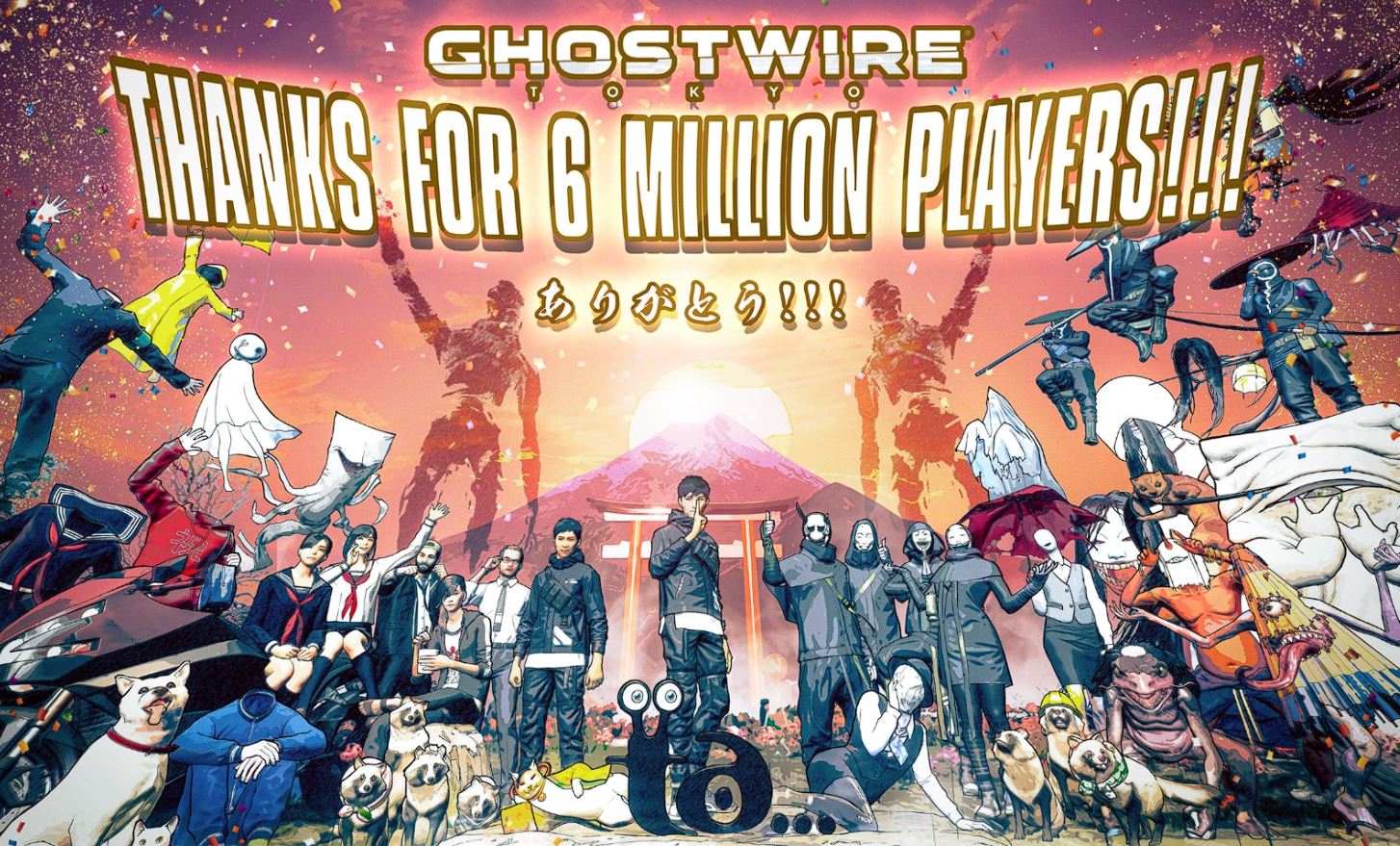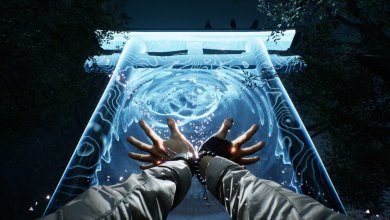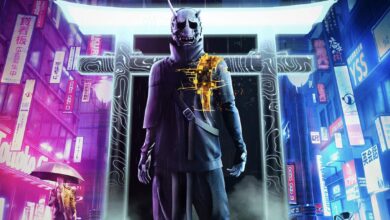
Story Highlights
Tango Gameworks, the dev team behind Ghostwire: Tokyo just announced that the game now has over 6 million players. They shared an image on X to commemorate the occasion. In their post, the team stated that while they’ve got a lot of gamers playing, it’s not going to make the alleyways of Ghostwire: Tokyo, any less haunted. The devs also thanked all their fans who’ve supported them thus far.
6 MILLION PLAYERS have explored #GhostwireTokyo's spooky streets! That doesn't make those eerie alleyways any less haunted, of course…
Thank you again to all our fans! pic.twitter.com/jEXuZtp61K
— Ghostwire: Tokyo (@playGhostwire) September 15, 2023
Ghostwire: Tokyo has been on a consistent rise in popularity, since its release on PlayStation 5 and PC, back in March 2022. In April of 2023, this was followed by an Xbox Series X|S release, with it also being available through the Xbox Game Pass. Soon after in June, the game crossed 5 million players. And it’s clear that with six million players now, it’s in an upward trend.
Fans congratulated Tango Gameworks on the achievement, sharing how many more people need to play the game. They especially mentioned the game’s creepy atmosphere and quests. Another aspect of the game that got a ton of attention from fans was its depiction of Shibuya. Ghostwire: Tokyo depicts the city as a dark and brooding place, ripe for exploration.
Of course, with this announcement, some fans have already been hoping for more content coming their way. One X user already has more DLC content on their mind. But others are hoping for an entire sequel to be in the works. Considering the game’s success, it wouldn’t exactly be out of the question. However, so far, Tango Gameworks has yet to officially confirm if they’re working on one.
That said, despite its impressive numbers, some have pointed out how the reason why it’s gaining traction, might simply be because it’s available on the Xbox Game Pass. Additionally, while some described the game as being fun, they can’t help but deny that it’s a tad simple and barebones. Either way, it’s clear Tango Gameworks considers it an accomplishment.
Thanks! Do share your feedback with us. ⚡
How can we make this post better? Your help would be appreciated. ✍



